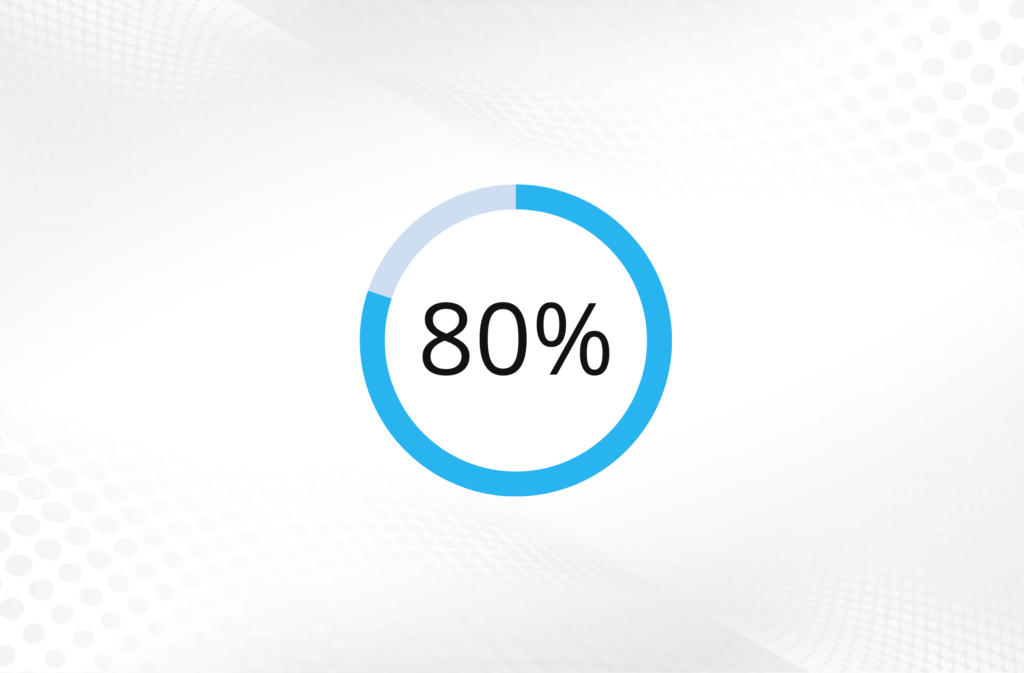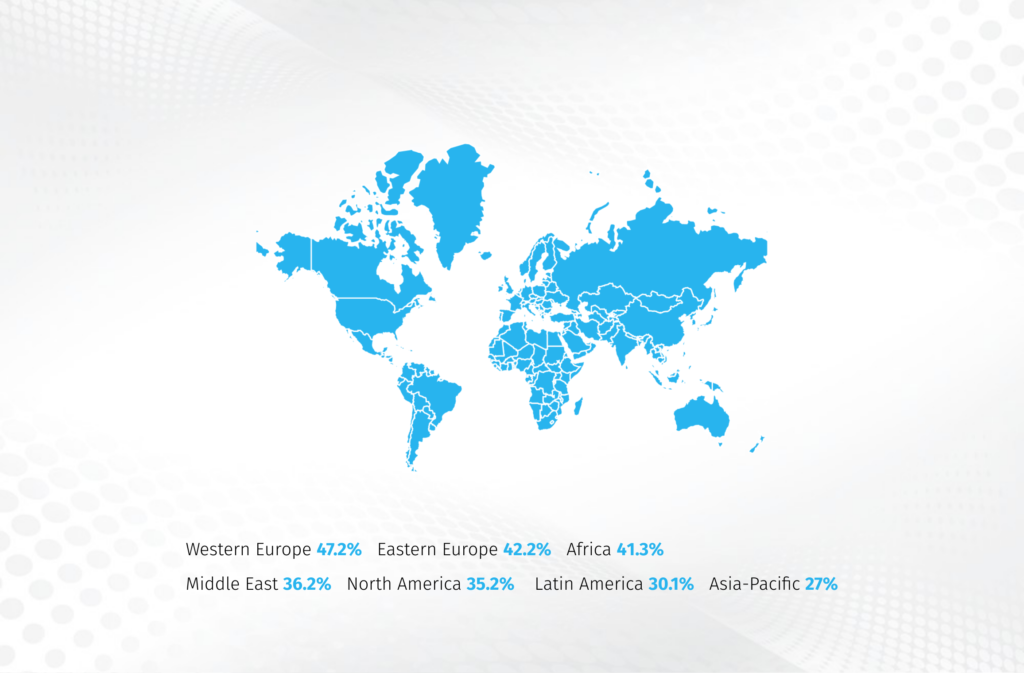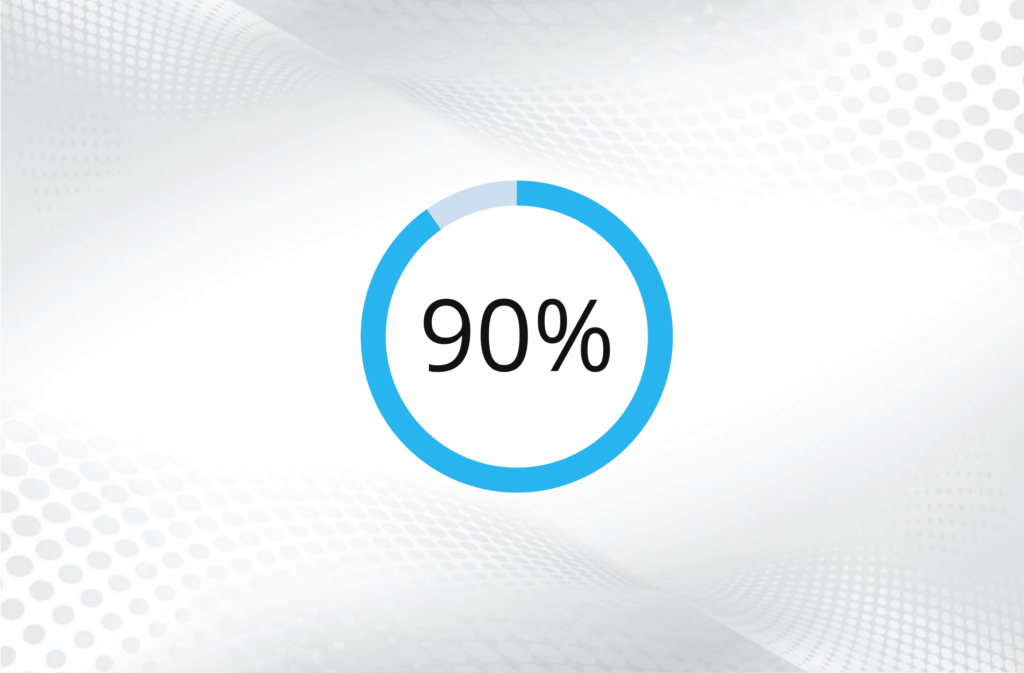Gamification
The term gamification has become a bit of a buzzword lately. In fact, every single one of us has probably engaged with gamified content in one form or another at various stages of our lives. Despite this, there is still a great deal of confusion about what gamification actually means. A lot of people tend to equate the term with video games and gaming in general, which is simply not accurate. Others point to educational games, which are a completely different field. While gamification does borrow some mechanics from games, there isn’t necessarily any actual gaming involved. So, what exactly is gamification?
One of the main reasons why there is so much confusion surrounding gamification is that there are so many different definitions of the concept. In simple terms, gamification can be described as the application of game-design elements and game principles in non-game contexts. These can include points, badges, and leaderboards, to name just a few.
The idea behind gamification is to make mundane or difficult tasks people don’t typically enjoy doing more enticing by adding some type of award or achievement for their completion. Humans are competitive by nature and have an inherent desire for status and achievement, and gamification takes advantage of these traits to get us to do things we may not otherwise want to do – and then do them over and over again.
The origins of gamification
While the term ‘gamification’ was originally coined by the British computer programmer and investigative writer Nick Pelling back in 2002, the concept itself is actually much older than that. For example, anyone reading this article will probably be familiar with the organisation called the Boy Scouts of America, if not from personal experience then from watching Hollywood movies, which have frequently depicted this youth movement.
Founded in the early 1900s, the Boy Scouts of America gathers young people of various ages and teaches them responsible citizenship, character development, and self-reliance by engaging them in various outdoor activities and educational programmes. What is of particular interest for this article is that members of the organisation are awarded with badges and ranks for participating in these activities and completing certain tasks, which makes the Boy Scouts of America one of the oldest examples of gamification on record.
There are a number of ways to make gamification a part of your strategy. But before one can do that, one first needs to gain a proper understanding of game mechanics. The executive strategist Jonathan Cronstedt defines game mechanics as “educational or competition-inspiring actions that prompt a particular response or employ a teaching method to help users understand the goal.”
These include competition, goals, status, community, education, and rewards. In video games, for instance, every enemy we kill and every quest we complete will get us a certain amount of experience points that we can use to level up our character, obtain new gear, or unlock additional content. It gives us a sense of achievement that drives us to continue playing the game. There’s no reason why the same principle wouldn’t work in real-life settings as well.
Context, value, success
As we already mentioned earlier, gamification exploits people’s innate desire for competition and accomplishment to inspire or encourage them to perform a certain action. However, adding game elements to a strategy won’t be enough to motivate people to do what you want them to do on its own. For it to work, you’d also need three key things: context, value, and success. First, to get your target audience interested, you need to make sure that the content is relevant to them.
Then, you need to make sure to reward them adequately for achieving the goals or objectives you present them with, so that they would feel like they are getting something of value from the time and effort they put in. Last, but not least, it’s important that the challenges your audience is facing are not too difficult to overcome, as that could quickly cause frustration and lead them to turn their attention elsewhere. While some video games do take pride in the extreme levels of difficulty they present their players with, that’s not something you’d want to emulate in your gamification strategy. After all, the main purpose of gamification is not to entertain your target audience, but to drive engagement.
75 per cent psychology, 25 per cent technology
Another important aspect of gamification that needs to be taken into account is game dynamics. Described as “a set of emotions, behaviors, and desires found in game mechanics that resonate with people,” game dynamics use positive feedback to promote engagement and motivate the target audience to behave in a predictable way. These can include “competition through leaderboards, collaboration by completing team missions, community by seeing other participants on a news feed, collection when earning unique badges, and surprises by unlocking new missions.”
Most importantly, gamification is fairly simple to incorporate. While a certain level of tech or design skills can be of help in its implementation, it’s not really necessary. Gabe Zichermann, gamification expert and co-author of the book titled Gamification By Design: Implementing Game Mechanics in Web and Mobile Apps, says that “gamification is 75 per cent psychology and 25 per cent technology.” The latter may become less and less important moving forward, as businesses can now make use of various gamification platforms to get in on the action without having to do any actual coding themselves.
Over the years, gamification has been successfully employed in many different fields, including business, marketing, health, and education. Today’s consumers, especially younger generations, have notoriously short attention spans and it’s getting increasingly difficult for businesses to keep them engaged for long periods of time. That’s where gamification comes in. Regardless of what type of company you run or what kind of product or service you offer, gamification can help you take your existing content and turn it into something more interactive, motivational, and – ultimately – rewarding for your target audience.
Gamification offers numerous benefits. It can help businesses attract new customers, retain existing ones, improve engagement, and increase learning retention rates. Although there haven’t been many studies on the effects of gamification so far, numerous successful campaigns over the past few years indicate that this may indeed be the case. As more and more businesses incorporate gamification into their business strategy, it could soon become a must-have, rather than a nice-to-have. Those who fail to jump on this bandwagon may very well find themselves lagging behind their competitors. There are many different forms of gamification, so everyone should be able to find something that aligns well with their business goals and objectives.
Gamification in health
Although everyone is probably well aware of the importance of physical activity, many people still struggle to find the motivation to get up off the couch and go for a run or join the gym. However, turning that activity into a fun game may just be enough to give them that initial push they need to get going. The success of Fitbit provides an excellent example. This popular fitness tracker is accompanied with an app that includes numerous gamification features.
Once they complete certain activities, users are awarded with a special badge. For instance, walking for 500 miles will get you the Serengeti badge (500 miles being the distance of the Serengeti National park). There is also a social element, as users can compare their stats against those of their friends and family members and compete with them in various challenges.
Similarly, the Nike+ app offers time-limited in-app challenges that allow users to compete against their friends and other app users. Users can unlock achievements and prizes for each run they complete and then share them with friends, accompanied with personalised messages. There is also a leaderboard that allows users to monitor their performance and check how they compare to other runners. In addition to motivating users to be more consistent with their training, gamifying the app enabled Nike to significantly increase its shoe sales. Mango Health, an app that reminds patients when it’s time to take their medication, takes the concept of gamification one step further by offering users real-life rewards in the form of store discount coupons.
Users are also awarded with internal currency for taking their medication on time and they can even check how they compare against others afflicted with similar conditions in terms of medication adherence.
Gamification in the workplace
Gamification can also be used to increase employee productivity and job satisfaction. HubEngage, for instance, is an employee engagement software that employs game mechanics, such as points, badges, leaderboards, and quizzes to boost employee engagement. Employees can track their progress using their personal dashboard and check how they compare to others on the app’s leaderboard, resulting in a very competitive work environment at times.
Similarly, FreshDesk is a helpdesk software platform that uses gamification techniques to increase the enthusiasm and engagement of customer service agents. The platform takes everyday tasks and presents them in the form of quests that reward call centre agents with badges upon completion. For instance, resolving customer queries in a short period of time gets you a ‘Fast Resolution’ badge.
Agents can track their performance on the leaderboard, which often leads to some healthy competition and a major increase in engagement levels, as well as better employee productivity, improved attitude toward work, and, consequently, higher customer satisfaction.
One of the fields in which gamification shows the most promise is education. Teachers today frequently struggle to keep students engaged and maintain their interest in learning materials. Thankfully, gamification can offer a helping hand and provide both teachers and students with a wide variety of benefits.
When applied properly, it can help make learning more fun, boost learner engagement, deepen their understanding of certain concepts, increase their knowledge retention, and make them feel like they have control over their learning. Learners themselves seem to be in favour of gamification, as 67 per cent of them consider gamified courses more effective than traditional classes. With that in mind, it’s no surprise to learn that the market for gamification in the education sector is predicted to reach $1.8 billion by 2023.
Inject fun into the learning process
Students are more likely to retain knowledge if they are also having fun in the learning process. Sadly, traditional learning methods are often tedious and students tend to lose interest in them quickly. By employing gamification techniques, teachers can make the learning process more fun and enjoyable for their students and thus significantly increase their engagement levels.
For instance, teachers could introduce a points system into the classroom and then divide their students into teams and let them compete against each other. Another way to boost student engagement is to replace the text-only slides that are typically used in lectures with videos, which would be followed by a relevant quiz session that rewards students with points, badges, or levels for correct answers.
Minimise the fear of failure
Failure plays an important role in the learning process. It allows students to learn from their mistakes and helps them develop resilience and determination – skills that will come in handy in many other aspects of their lives as well. However, the fear of failure can have a debilitating effect on students and prevent them from making the most of their learning journey.
Students will often keep their thoughts to themselves and avoid experimentation for fear of getting embarrassed in front of their peers. Gamification can help them realise that failure is not necessarily always a bad thing and even add an element of fun to it, enabling students to receive valuable feedback and providing motivation to fuel their learning.
Promote a competitive learning environment
As we already discussed earlier in the article, humans are competitive by nature, and students are no different. Gamification takes advantage of that fact by introducing game elements like ranks, levels, and leaderboards to create a more competitive learning environment that will foster student engagement and constantly drive them to one-up their peers.
Earning more points than their classmates in learning activities like assignments, quizzes, or surprise tests can produce a similar sense of achievement as defeating an opponent in a video game. Furthermore, by dividing students into groups and pitting them against each other in group competitions, teachers can promote healthy competition among students and help them improve their teamwork skills.
Make student progress visible
One of the most effective ways to increase student motivation and make them eager to perform even better is to display their achievements and milestones in front of their classmates. The best way to achieve this is with a simple progress bar that will show where each student is in their learning journey and inspire them to keep pushing forward and reach the next level. In addition to helping teachers keep track of student progress, a progress bar can also show students which areas they need to focus on to improve their performance, which is not always made clear in traditional learning methods.
Increase student engagement
California State University, Dominguez Hills is one of the US universities that are experimenting with gamification, allowing students to earn rewards for participating in everyday college activities. For instance, reading about health and stress-management tips earns you a self-care kit that features a colouring book, chamomile tea, and rainbow-coloured stress balls.
Reading up on financial tips, joining a student group, or studying for finals can also earn students various badges and rewards. “Part of the reason why we created (the online tools) is to try and meet students where they are. (We’re) capitalising on some of the things they’re used to and that resonate with them,” says Zoë Corwin, a University of Southern California associate professor of research. “Universities are slowly beginning to catch up to students. We’re kind of slow adopters, but I think there are some pretty innovative things going on.”
That’s not to say that gamification doesn’t have a few issues of its own. This is why educational institutions need to carefully weigh all the pros and cons before they commit to incorporating gamification into their curricula. For one, gamifying learning scenarios can be a rather costly process, which could put it out of reach for many educational institutions. The cost is not the only potential obstacle, though.
Keep your eyes on the goal
One of the biggest potential pitfalls of gamification is that students can get so engrossed in earning rewards and maintaining their status that they lose sight of the real goal – learning. While it’s important that learners have fun, it’s even more important that they remember what they are really there to do. It needs to be made clear that all those points, badges, and leaderboards are just a means to an end and that the true goal is to acquire knowledge and learn new skills that will help students become productive members of the society.
Don’t force it
Educational institutions often make the mistake of making participation in gamified content mandatory, which can be counterproductive and have a negative impact on student motivation and performance. Institutions also need to be careful about how they frame the rewards and ensure that they are meaningful and relevant to their students. The trick is to make students feel like the activity is something they want to do, not something they have to do.
Poor content
The learning content itself is often the main source of the problem, and one that cannot be fixed by simply slapping some superficial game mechanics on top of it. For instance, if a student is required to read several articles that are boring or just poorly written, the task won’t be made any more enjoyable if they receive some points or badges at the end. The only way to make a dull topic more engaging is to gamify the actual content and make it more like a game by adding storytelling elements or characters students can interact with.
The gamification concept has become increasingly popular in recent years, finding a wide range of useful applications in industries like business, marketing, health, and education. When applied properly, gamification can be a powerful tool that can help businesses transform their existing content and turn it into something more interactive and rewarding for their audience.
Gamification can provide numerous benefits in educational settings as well. It can help educators make the learning process more fun, promote healthy competition, increase learner engagement, and boost their knowledge retention. While there are still some potential drawbacks that need to be taken into account, gamification is set to take on a more prominent role in education moving forward, forever changing how we convey and acquire knowledge.











